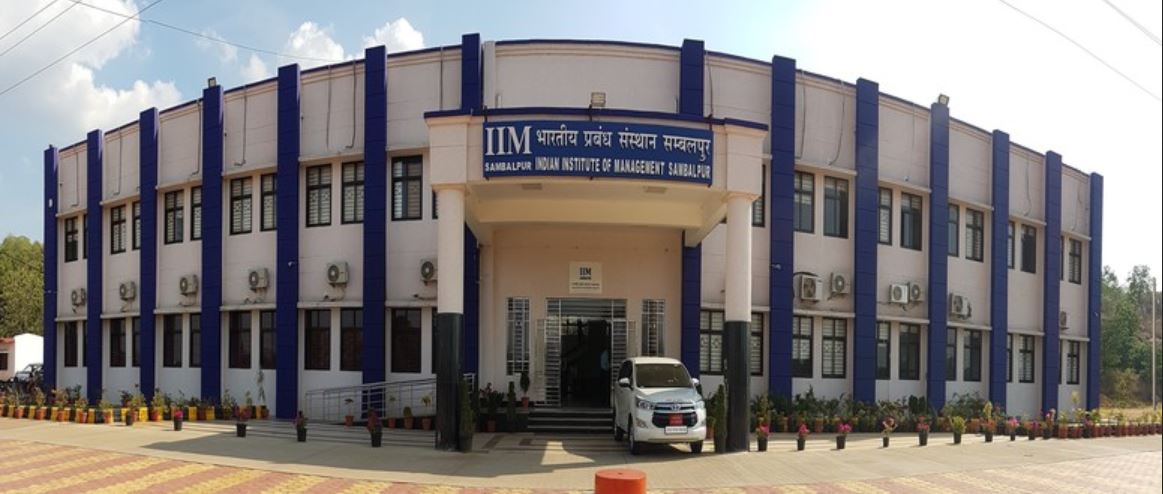Fly Ash to take 30 acres of Land everyday
“In Odisha, the fly ash management issue cannot be looked into in isolation of the power plants and aluminium smelters. As the land, water and forest resources of the state cannot sustain the amount of coal fired power plants, Odisha government must not go ahead with its envisaged 75000 MW power generation plan.”
HNF Correspondent
The recent disasters with fly ash ponds in Sambalpur and Jharsuguda have concerned each and every citizen of Odisha. While fly ash from coal fired power plants is considered to be toxic and cancerous, it is badly impacting lakhs of acres of farm land, severely polluting our water resources, poisoning our food and creating menace in different forms for the people living around.
There is an urgent need to regulate ‘fly ash generation and pollution’ in the state, said Ranjan Panda, Convenor of water Initiative Odisha (WIO) in the consultation session titled “Round Table on Fly Ash Menace in Odisha: Impacts on Water, Health, Environment and Livelihoods”. The session was organised by WIO in association with Citizens Action Forum (CAF), Angul.
“The meeting was organised to devise a strategy by the concerned people and organisations of Odisha to device and push for an urgent fly ash management policy in the state”.
Prof. Arttabandhu Mishra, an eminent environmentalist said, “it’s a big trouble as at least 22 heavy metals are there in the fly ash, and 18 of them are cancerous that would lead to lungs, bone and other cancers in both humans and animals”. Prof Mishra also added that “by declaring fly ash as a saleable commodity, the Govt. of India has cleared the door to spread cancer in all the places of coal fired plants.”
Members who participated the consultation session expressed their concern over the callousness of the government towards the issue. The government is not even bothered to check open violation of laws by different companies. “None of the power plants are confirming to the pollution control regulations of the country,” said Rabindra Prasad Pattnaik, President of CAF adding, “Each of them is supposed to submit a Plan of Action to the government with regard to fly ash management. However, none do it.”
“The fly ash management issue cannot be looked into in isolation of the power plants and aluminium smelters”, opined the participants and urged, “Odisha government must not go ahead with the envisaged 75000 MW power generation plan as the land, water and forest resources of the state cannot sustain the amount of coal fired power plants.”
It was calculated that 700 gram coal required to produce one unit (1 kw per hour) of electricity produces about 300 grams of ash per unit. So, 300 Kg ash being produced every hour for I MW (1000 kw) electricity, Odisha’s plan to generate 75000 MW electricity shall generate 22500 metric tonne of ash per hour which requires around 1.2 acre of land to be dumped in a height of 30 feet.
As per the calculation, the fly ash produced in a day would take at least 30 acres of land in Odisha every day if all the fly ash mounts are made of 30 feet height. This will orphan lakhs of farmers and fisher folks of their basic sources of livelihood. The participants therefore urged upon the government to immediately scrap the blind push for coal fired power plants.
The consultation came up with a charter of demands that the organisers have decided to submit to the Govt. of Odisha and to use the same to educate the people of the state. Some key demands in the list include:
1. Urging the government to stop production in all coal fired power plants who are not confirming to fly ash management and other pollution control norms;
2. Asking the government to release a White Paper on the existing power plants, their coal, land, water and other requirements with transparent information on the legality of these resources they are in possession of/and or using for production;
3. Urge the government to immediately work on a power vision for the state and limit power production to meet the need of the state.
It’s to be noted that fly ash has its bigger brunt in the state of Odisha as it has not only destroyed agriculture and polluted environment but also poisoned the water of some important rivers and pushed people into chronic ailments.






 IIM Sambalpur
IIM Sambalpur
Leave a Reply